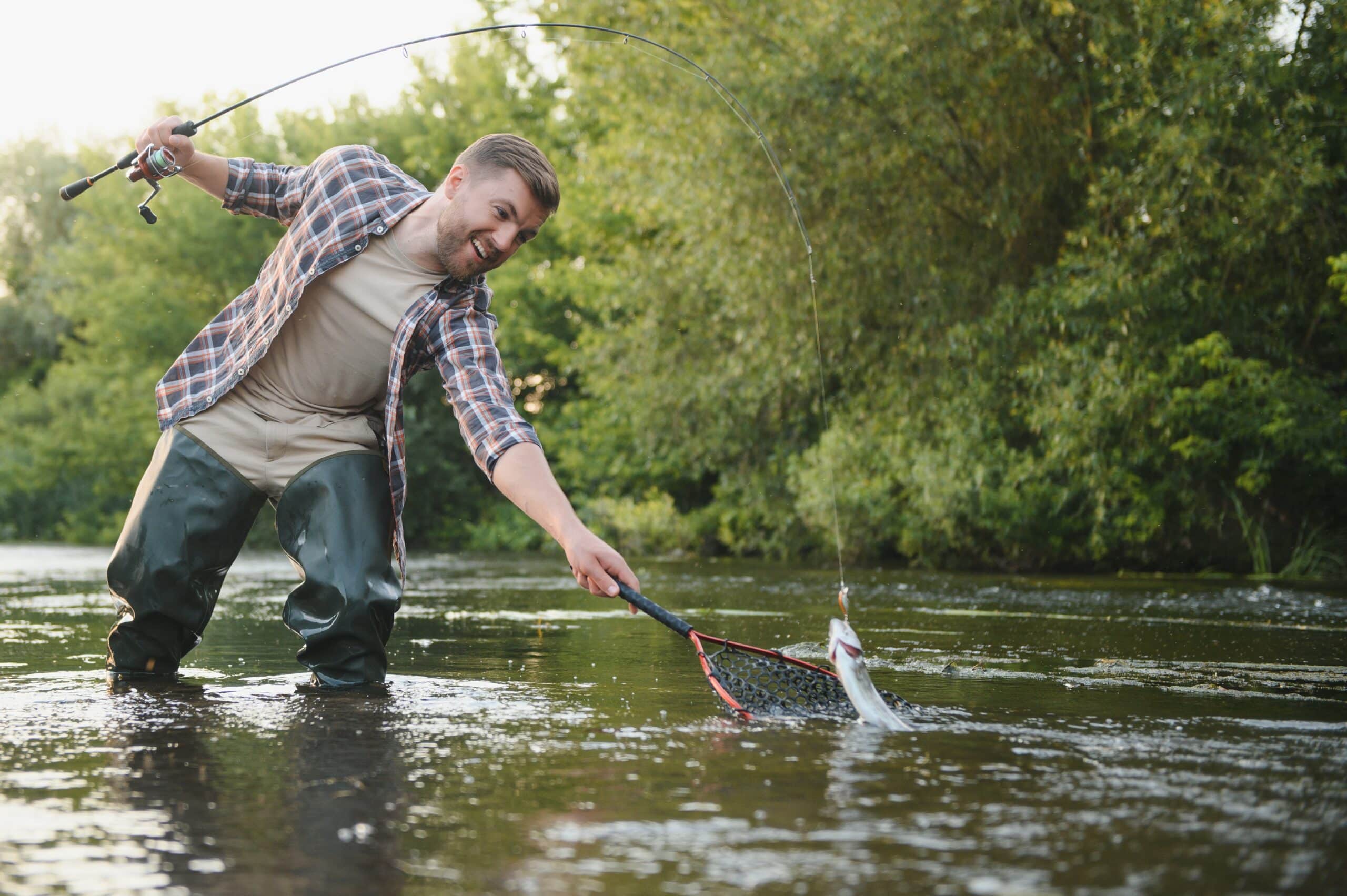What is the Best Way to Fish for Trout?
Key Takeaways
- Lure fishing is one of the most effective methods for catching trout
- Bait fishing can be highly effective, particularly when targeting stocked trout
- Fly fishing is a traditional and highly skilled method of trout fishing
Trout fishing is a popular activity among anglers, and many people are eager to learn the best techniques for catching these elusive and prized fish. In this article, we will explore the various methods and tips recommended by experts to increase your chances of success when fishing for trout.
1. Lure Fishing
Lure fishing is one of the most effective methods for targeting trout. Using spinners, spoons, jigs, and plugs or crankbaits can attract the attention of trout and entice them to strike. It is important to choose lures that mimic the natural prey items of trout, such as small fish, insects, or crayfish. Varying the retrieve speed and depth can also increase your chances of attracting trout.
2. Bait Fishing
Bait fishing is another popular technique for catching trout. Using natural or artificial baits can be highly effective, particularly when targeting stocked trout that are more accustomed to feeding on bait. Common bait options include worms, salmon eggs, and power bait. It is important to present the bait in a natural manner and pay attention to the size and color that the trout are most responsive to.
3. Fly Fishing
Fly fishing is a traditional and highly skilled method of trout fishing. It involves casting a lightweight fly line and an artificial fly that imitates a variety of aquatic insects. Fly fishing requires practice and skill to master, as it involves delicate presentations and precise casting techniques. However, once mastered, it can be a rewarding and effective way to catch trout.
4. Float Fishing or Bobber Fishing
Float fishing, also known as bobber fishing, is a technique that involves using a float or bobber to suspend bait at a desired depth. This method allows for precise control of the bait’s presentation and can be effective when targeting trout in still waters or slow-moving currents. Choosing the right size and color of the float is important to ensure it is easily visible to the angler and the trout.
5. Plunking
Plunking is a method that involves casting baited hooks into a specific area and allowing them to rest on the bottom. This technique is particularly effective in rivers and streams with a steady current. Plunking allows the bait to remain in one spot and can attract trout that are looking for an easy meal. It is important to use weights and rigs that keep the bait stationary in the desired location.
6. Drift Fishing or Bottom Bouncing
Drift fishing, also known as bottom bouncing, is a technique that involves allowing the bait to drift naturally with the current. This method is effective in rivers and streams where trout are actively feeding near the bottom. Using specialized rigs, weights, and bait setups can help keep the bait near the bottom and increase the chances of enticing a trout to strike.
When fishing for trout, it is important to consider the following tips to increase your chances of success:
- Make sure your hands are wet before touching a trout to avoid removing its protective slime coat.
- Recognize that a significant portion of a trout’s feeding occurs on or near the bottom of a stream.
- Avoid casting a shadow on the target area in low, clear water.
- Consider nocturnal fishing for brown trout, as they are more active in the dark.
- Use lures and flies that mimic crayfish, as they are one of trout’s favorite prey items.
- Use light line to make small offerings look natural in the water.
- Use a net with a soft, rubberized bag for gentler release of the fish.
- Focus on areas tight to the bank in high water.
Now that you have learned about the various methods and tips for trout fishing, it’s time to put your knowledge into practice. Remember to follow local regulations, be respectful of the environment, and enjoy the experience of fishing for these beautiful and elusive fish.
Related Websites:
FAQs:
Q: What are some effective trout fishing techniques?
There are various effective trout fishing techniques, such as fly fishing, spin fishing, bait fishing, and trolling. Fly fishing is great for catching trout in moving water, while spin fishing offers versatility for different scenarios. Bait fishing involves using live bait like worms or minnows, and trolling is effective when targeting larger trout in lakes or reservoirs.
Q: How can I select the right fishing equipment for trout fishing?
When selecting fishing equipment for trout fishing, consider your preferred technique. Choose appropriate rods, reels, lines, and hooks based on your chosen method. Additionally, select bait or lures suitable for the trout species and fishing location.
Q: How can I locate productive trout fishing spots?
To locate productive trout fishing spots, it’s essential to understand trout habitat preferences and behavior. Look for trout hotspots like riffles, deep pools, undercut banks, and submerged structures. Read water conditions, identify suitable trout habitats, and watch for signs of trout activity.
Q: Why is it important to respect fishing regulations and practice ethical techniques?
Respecting fishing regulations and practicing ethical techniques is crucial for the sustainability of trout populations and the overall health of aquatic ecosystems. Familiarize yourself with local fishing regulations and obtain proper licenses. Practice catch-and-release techniques with proper handling to ensure trout survival.






